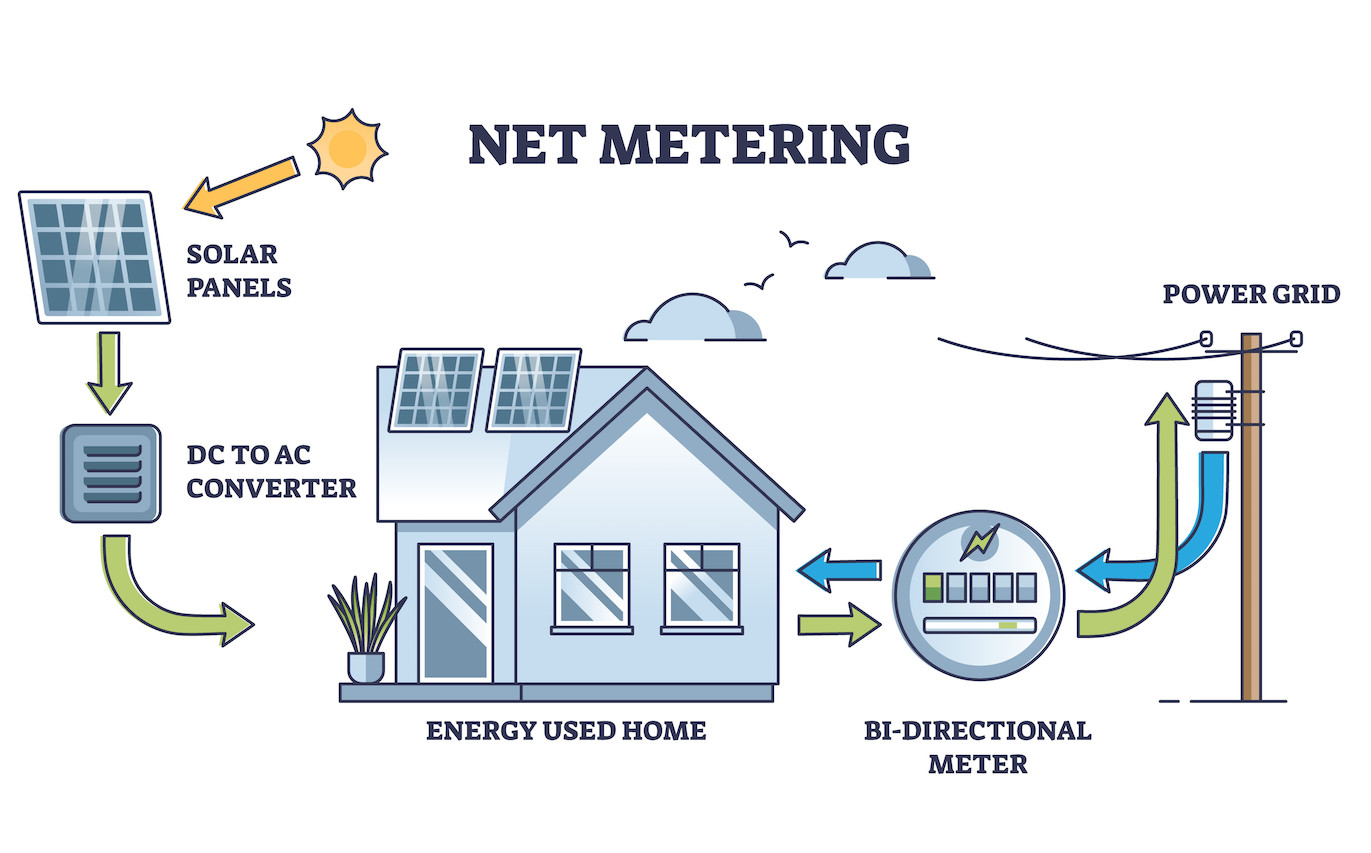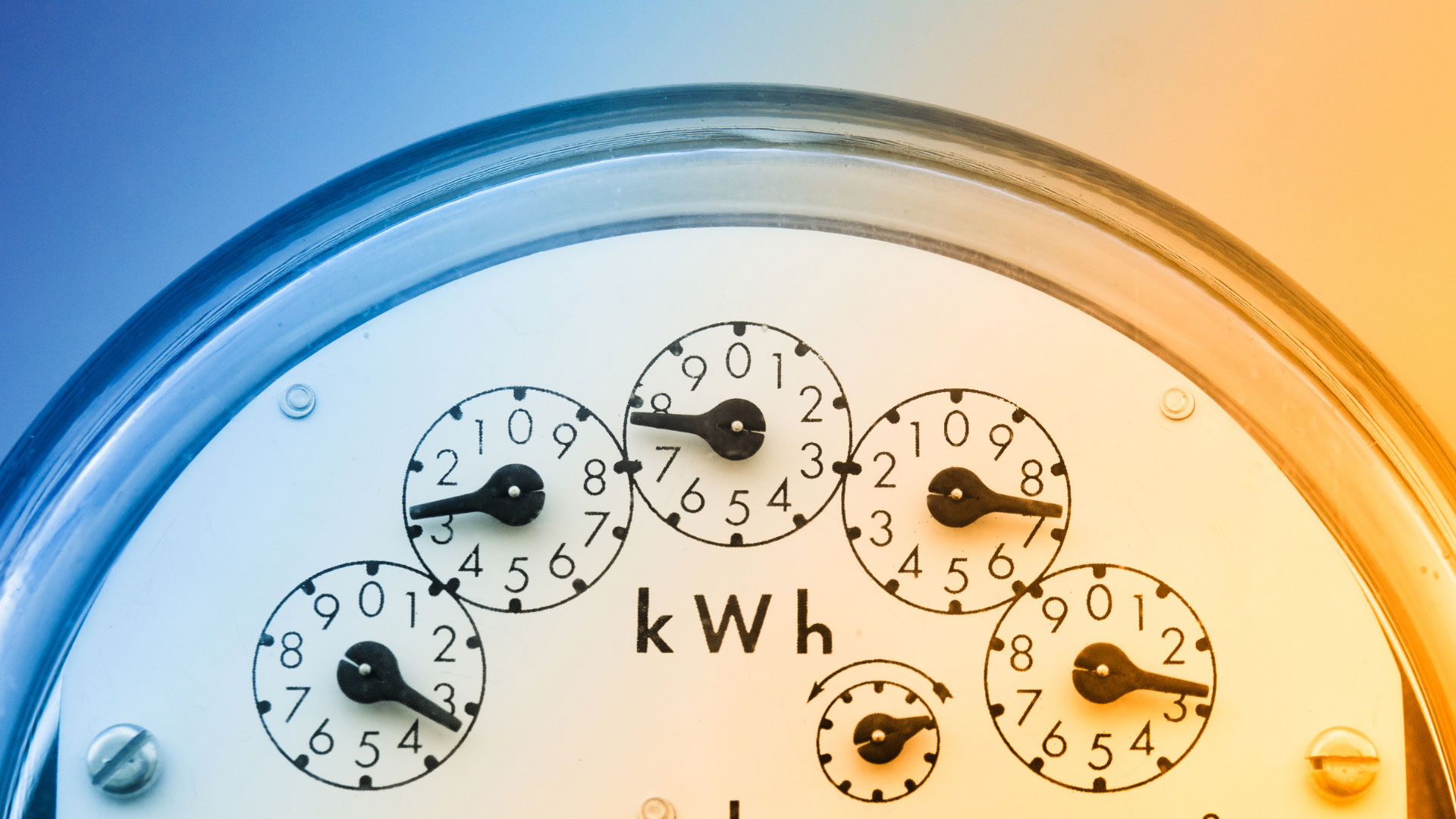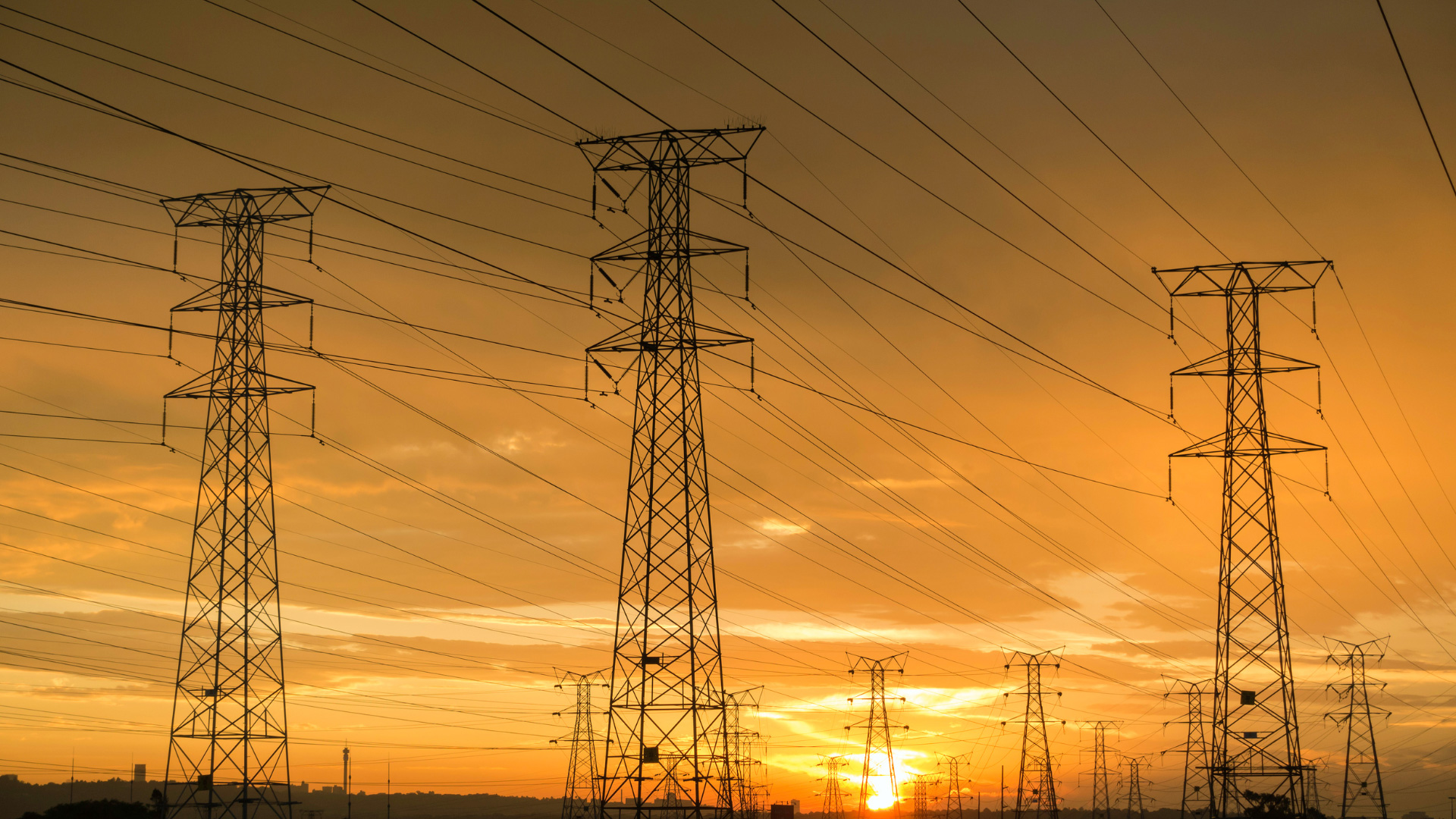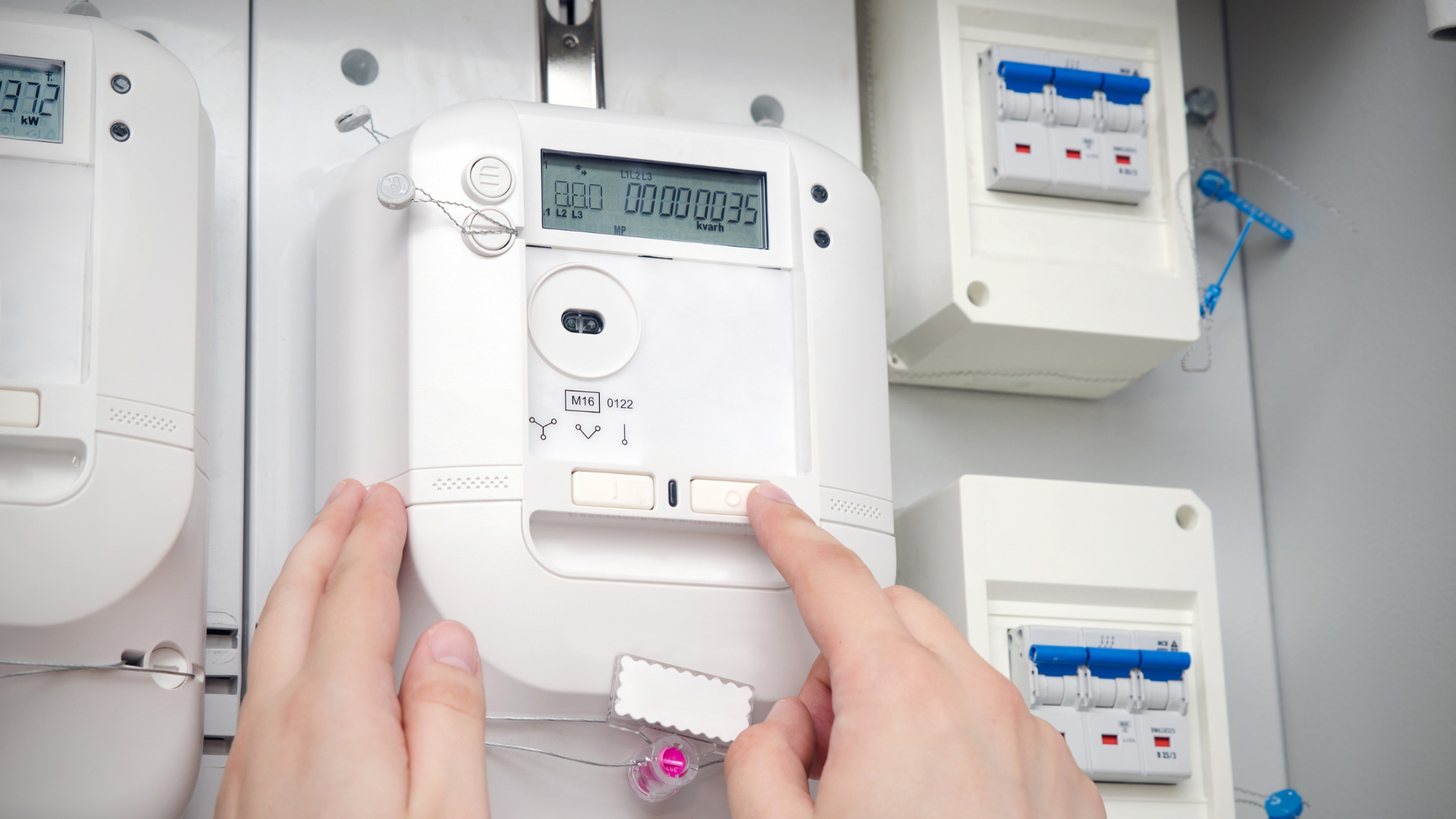Nevada is one of the sunniest states in the U.S., making it a conducive hub for generating solar energy. However, some homeowners are confused about what to do when their solar installation generates too much power. The good news is that you can gain credits to offset energy costs by selling energy back to the grid. Read on to learn how it works and the current NV electricity rates.
NV Energy Net Metering
NV Energy is Nevada’s main utility provider. Its solar-friendly policies have contributed to the region’s being one of the top states for solar in the country. One of these policies is the net metering plan, which enables you to save money each month after the installation is done.
Through this incentive program, you can earn credits by selling energy back to the grid. The program is available in four tiers, depending on the date you agreed to start net metering. The most recent level, Tier 4, was reached in 2021 and is available to new customers.
This tier has a net metering rate of 75% of the retail cost, which will remain the same unless modified by legislative action. It does not have a capacity limit and will be active for 20 years at the original installation location.
NV Energy Electricity Rates Are On The Rise
Electricity costs in Nevada, particularly in the northern and southern areas, are already high and could continue rising. The average monthly rates in the northern parts of the state range from $159 to $212, while residents in the southern parts pay an average of $337 to $470 per month.
These rates could climb this year as NV Energy proposes a $16.50 rise in the monthly service charge Northern Nevada residents pay. The company has already increased the monthly service charge in the Southern region from $12.50 to $18.50.
Solar energy can substantially offset these escalating electricity costs by allowing residents to generate their own power and sell excess back to the grid. Investing in solar panels not only provides a hedge against rising utility prices but can also lead to significant savings on monthly energy bills in both the short and long term.
How NV Energy Solar Interconnection Works
After installing solar panels, you can drastically reduce the amount of electricity you draw from the grid. This ensures that you spend less on electricity every month, with these savings racking up over the years to huge amounts.
Each month, NV Energy calculates the credits for net metering customers to determine their net energy usage. If the customer generates more energy than they use, they will receive credits on their utility bill for the excess energy at the retail energy rate. When the customer uses more electricity than they generate, they draw from the grid and pay for that energy at the same rate.
For example, if a customer generates 100 kWh of electricity in a month but only uses 80 kWh, they will receive credits for the remaining 20 kWh at the same rate they pay for energy from the utility. These credits can be used to offset the cost of energy used from the grid in future months.
Your costs could be significantly lower if you export your surplus solar energy to the grid. Here is how to get started with solar interconnection in Nevada:
- Fill out an application with PowerClerk Interconnect
- Get a two-way meter set up after your application is reviewed and you verify your solar installation was handled by a licensed contractor
- Your solar energy plan, which includes a net metering incentive, gets activated
Looking To Go Solar? We Can Help
Selling electricity back to the grid in Nevada is one of the best ways to lower solar installation costs. For this to work, you need a licensed contractor like Solar Optimum to help you with the installation and net metering application. Contact us today to learn more.






